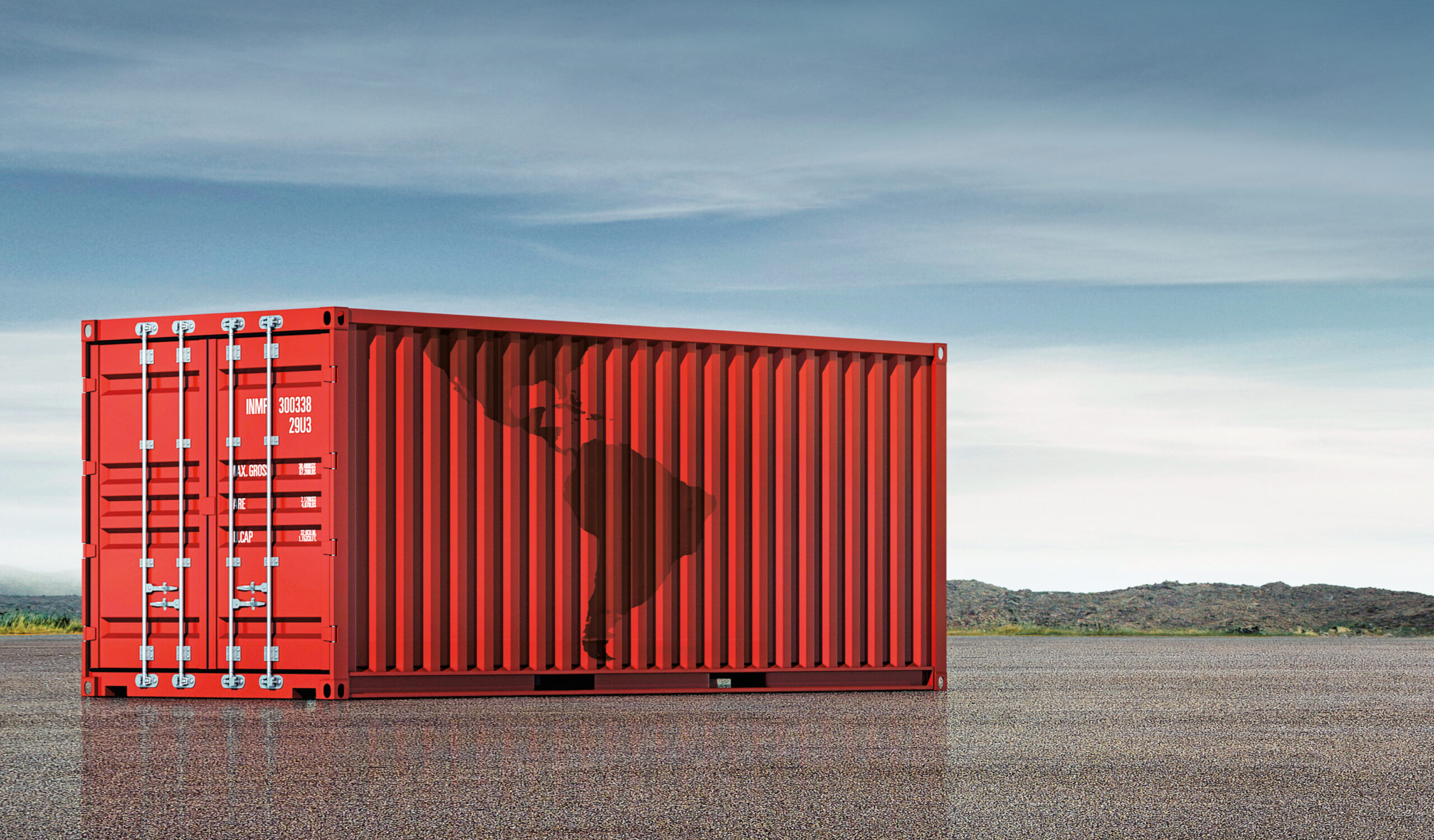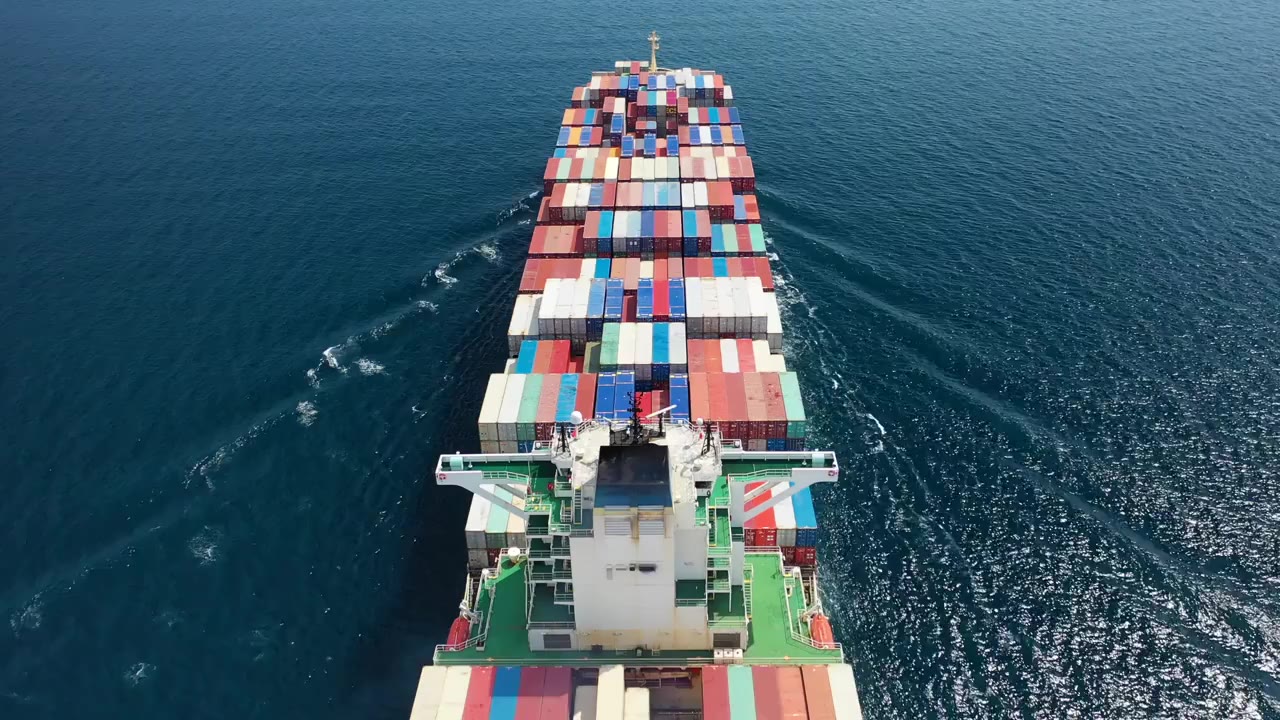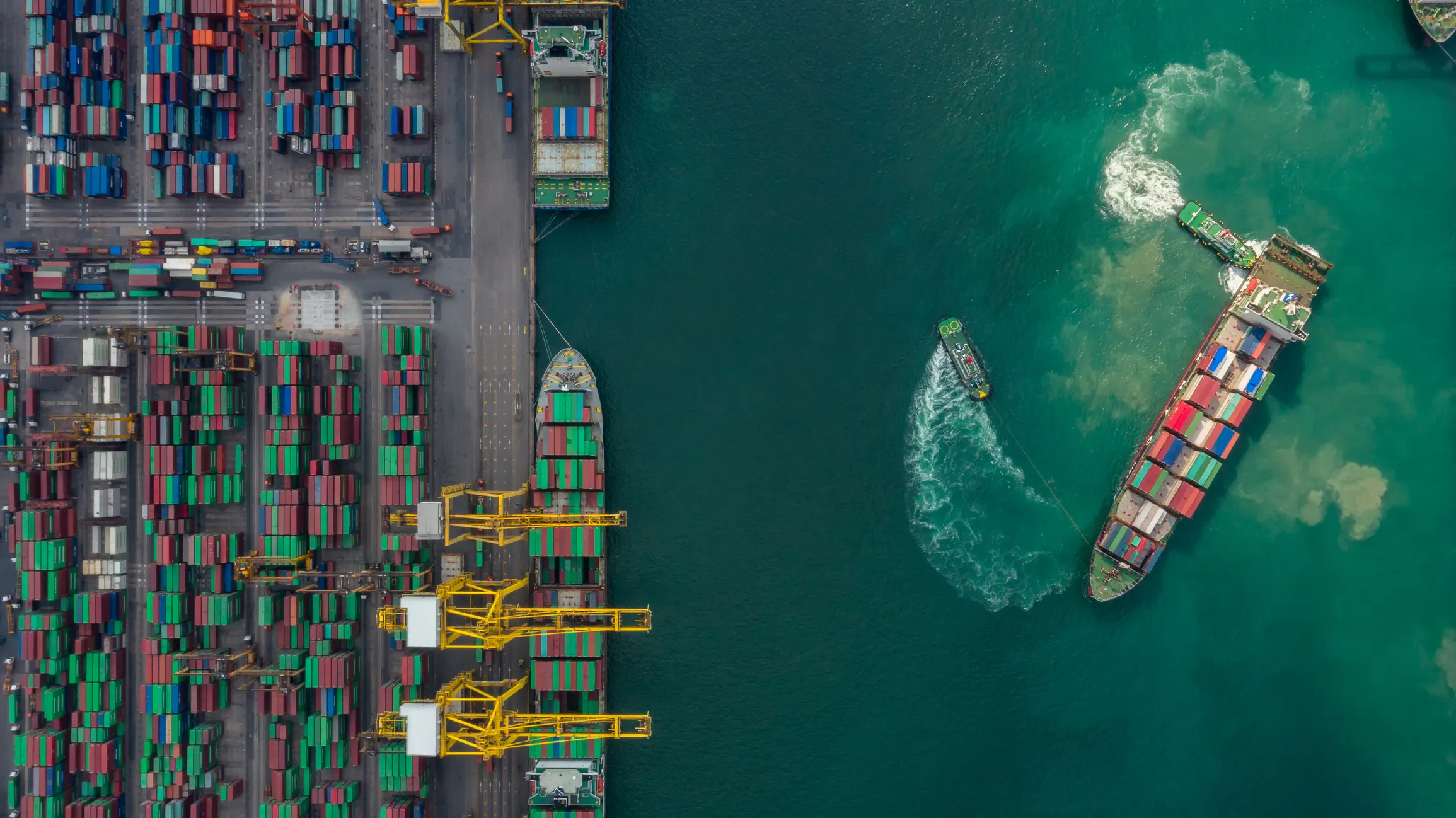The world’s busiest shipping lanes have faced significant challenges in recent times, impacting global trade. Houthi rebels targeting vessels in the Bab al-Mandab Strait and the drying up of lakes feeding the Panama Canal have caused disruptions and prompted Latin American governments to consider alternative trade routes. While the Suez Canal’s problems are geopolitical, the issues in Panama are climatic. As a result, several countries in Latin America are either building or considering infrastructure projects to divert traffic and revenue away from Panama. This article explores the potential land-based alternatives and their viability in comparison to the Panama Canal. Latin American Governments Exploring Alternative Trade Routes Amid Shipping Challenges
Mexico’s Interoceanic Corridor (CIIT)
Mexico’s Interoceanic Corridor (CIIT) presents a tangible alternative to the Panama Canal. Under President Andrés Manuel López Obrador’s infrastructure agenda, the CIIT is close to completion. The centerpiece of this project is the modernization of a 300-km railway that spans southern Mexico, connecting the Pacific to the Atlantic coast. The ports at both ends, Coatzacoalcos and Salina Cruz, are being revamped to increase capacity and expedite customs checks. While most of the railway construction is complete, the finalization of the ports has caused delays in initiating coast-to-coast freight journeys. However, Mexico’s government plans to launch the CIIT’s additional rail lines, catering specifically to freight, in 2024.
 Colombia’s Railway Project in Chocó
Colombia’s Railway Project in Chocó
Colombia is also exploring the possibility of a railway project that connects the Pacific port of Buenaventura with the Caribbean. President Gustavo Petro’s vision for a railway line through the northern province of Chocó aligns with the country’s focus on infrastructure development. Although specific details are scarce, the National Infrastructure Agency has shared a map on the president’s X (formerly Twitter) account, indicating a potential railway line connecting both coasts. However, the endpoint at the Caribbean port remains uncertain.
The Capricorn Bioceanic Corridor
Another concept gaining traction is the “Capricorn Bioceanic Corridor,” a dual-carriage highway running through Brazil, Bolivia, Paraguay, Argentina, and Chile. Although not a direct competitor to the Panama Canal due to its length of 2,250 km, this corridor offers an alternative route for Latin American-based firms to trade with Asia. With some sections already constructed thanks to multilateral funding, Sergio Díaz-Granados, the president of CAF, a regional development bank, expresses confidence in the corridor’s completion. He deems it one of the greatest trade and service opportunities in Latin America.
Maritime Alternatives: Nicaragua’s Canal and the Northwest Passage
While land-based alternatives currently appear more realistic, some maritime alternatives have been proposed. Nicaragua, despite previous setbacks, has expressed interest in building its own canal. However, the projected costs and complexity pose significant challenges. On the other hand, the melting ice in the Canadian Arctic due to climate change has sparked speculation about the commercial viability of the Northwest Passage, a sea route skirting Canada’s Arctic coast. If feasible, this route could also provide an alternative for global shipping.
Challenges and Limitations of Land-Based Alternatives

Although land-based alternatives offer potential solutions, they come with their own set of challenges and limitations. Transporting cargo by train or road may not be the ideal choice for most shippers. The hassle of unloading and reloading goods, coupled with limitations in capacity and speed, can slow down the overall transit of goods between the Pacific and Atlantic. Niels Rasmussen, chief shipping analyst at Bimco, an industry association, suggests that shippers may prefer longer maritime routes, such as the Cape of Good Hope, over dealing with the complexities of land-based alternatives. Additionally, established routes in the United States may be favored over untested offerings in Latin America.
The Benefits of New Land Routes
While land-based alternatives face challenges, they still offer potential benefits. The Capricorn Corridor, for example, will enhance South America’s road networks and boost export capacity. The upgrade in infrastructure may also facilitate regional trade, which has historically been limited. Mexico’s plans align with the concept of nearshoring, as the country is well-positioned to capitalize on the United States’ efforts to shorten supply chains and diversify away from China. These new land routes may complement the Panama Canal rather than compete directly with it. In a scenario where tensions rise in the Middle East and drought worsens in Panama, imperfect land-based alternatives would be preferable to having no alternative at all.
Conclusion

As geopolitical and climatic challenges impact the Suez Canal and the Panama Canal, Latin American governments are actively exploring alternative trade routes. Land-based options, such as Mexico’s Interoceanic Corridor, Colombia’s railway project in Chocó, and the Capricorn Bioceanic Corridor, offer potential alternatives for international trade. While these alternatives may face limitations and competition from established routes, they present opportunities for regional development, export growth, and diversification of trade. As global circumstances evolve, new land routes could play a complementary role alongside existing maritime trade routes.
